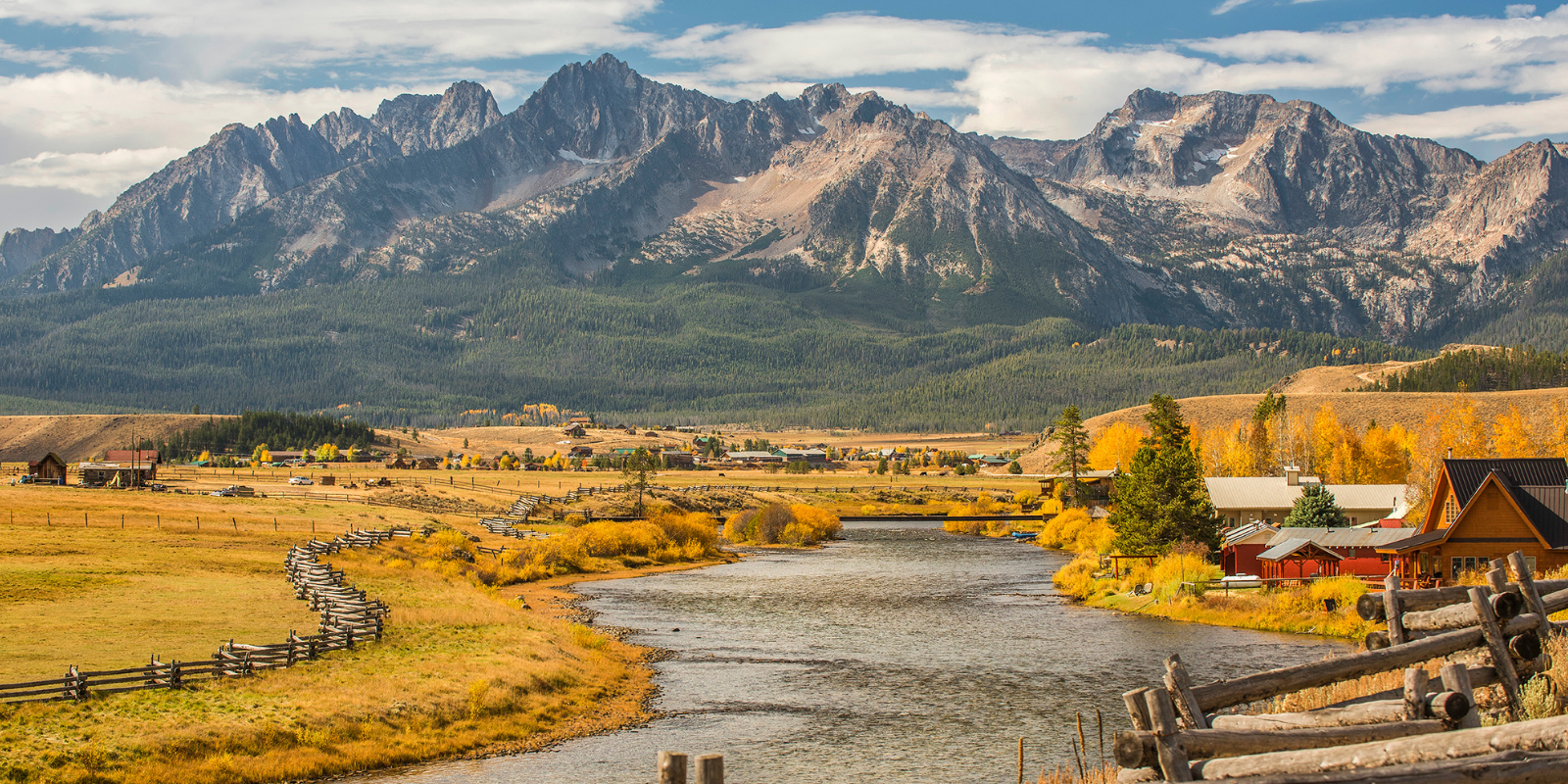The Sawtooth National Recreation Area (SNRA) is a prime example of multiple-use management, a concept that involves balancing various forms of land use such as recreation, conservation, and economic activities with each other within the ecosystems that embody and sustain national forest resources. Covering 756,000 acres in Idaho, the SNRA is not only a landscape of stunning natural beauty, with over 40 peaks towering above 10,000 feet, more than 300 alpine lakes, and 700 miles of hiking trails, but also a region rich in history and cultural significance. This area was traditionally used by the Shoshone and Bannock peoples, and today, it continues to serve multiple purposes, including fish and wildlife habitat values, recreation, grazing, and private land uses.
The creation and ongoing management of the SNRA reflect a delicate balancing act between preserving the natural environment and providing for human use and enjoyment. This is evident in the historical debates and decisions surrounding land use in the area, particularly regarding the prevention of a molybdenum mine in the White Cloud Mountains, which highlighted the tension between conservation and resource extraction. As a result of this conflict and threat to the scenic, fish, and wildlife values of the SNRA, the legal framework to better protect it was established in 1972, with a focus on protecting scenic integrity and wildlife habitat while allowing for recreational activities and traditional uses.
The SNRA management today emphasizes the importance of preserving wildlife habitats and ensuring the sustainability of recreational activities. Challenges such as the impact of increased tourism, the growing threat of wildfires, and the encroACHMENT OF NOXIOUS WEEDS are critical considerations. Working closely with outfitters and guides in providing quality recreational experiences and economic development of the local economy while maintaining conservation efforts underscores the collaborative approach necessary for successful multiple-use management.
This management strategy aims to ensure that all the values of the SNRA are preserved for future generations while allowing for the diverse uses that make the area unique and valuable to a wide range of stakeholders.




